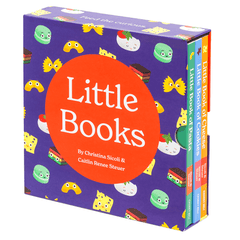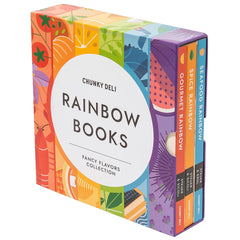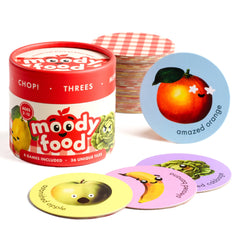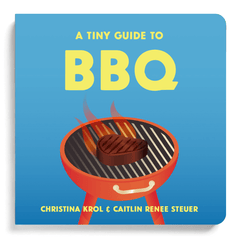The Picky Eater Predicament: Understanding the Challenge
Before we dive into solutions, let's acknowledge the struggle. Young children, especially toddlers, are wired for caution. Neophobia, the fear of new things, is a natural developmental stage that often manifests around food. Textures, smells, and even the appearance of unfamiliar foods can be overwhelming. This, coupled with their growing desire for independence, can turn mealtime into a power struggle. Traditional methods like bribery or force-feeding often backfire, creating negative associations with food and making the situation worse.The Power of Positive Association: How Books Can Make Food Fun
This is where the magic of books comes in. Instead of directly pressuring your child to eat, you can introduce new foods in a completely non-threatening environment: story time! Food-themed board books offer a unique opportunity to:- Normalize New Foods: Seeing different foods depicted in a positive, colorful way can make them less intimidating.
- Spark Curiosity: Books can introduce the names, shapes, and even origins of foods in an engaging manner.
- Build Positive Associations: When food is linked with fun stories, happy characters, and shared reading time, it creates a positive emotional connection.
- Reduce Pressure: There's no expectation to eat the food, only to learn about it and enjoy the story.
Smart Picky Eater Strategies: Beyond the Book
While books are a fantastic starting point, they work best when combined with other effective strategies for introducing new foods to toddlers:- Sensory Play (No Pressure!): Let your child explore foods with all their senses, without the expectation to eat. Offer a small piece of a new fruit or vegetable to touch, smell, squish, and even lick. This toddler food exploration builds familiarity.
- Repetition is Key: It can take 10, 15, or even 20 exposures before a child accepts a new food. Keep offering small portions regularly, even if they don't eat it.
- Lead by Example: Children are natural imitators. Let them see you enthusiastically eating and enjoying a variety of foods.
- Involve Them in the Process: From grocery shopping to simple meal prep (washing veggies, stirring ingredients), involving children can increase their interest and willingness to try new things.
- Deconstruct Meals: Offer individual components of a meal separately. If you're serving a casserole, perhaps offer a tiny portion of cooked carrots, peas, and chicken separately.
- Make it Fun! Use cookie cutters to make fun shapes, arrange food into silly faces, or serve "rainbow" plates. Making mealtime fun is crucial.
Discovering Deliciousness with "Little Book of Cheese" (and More!)
When it comes to best board books for foodies, some stand out for their ability to truly engage young minds. Chunky Deli's "Little Book of Cheese" is a prime example. This charming board book isn't just about cheese; it's a delightful journey into the world of different textures, colors, and flavors, all while being incredibly accessible for little hands and minds.Why "Little Book of Cheese" is a game-changer:- Visually Engaging: Bright illustrations and simple, clear depictions of various cheeses make them inviting.
- Introduces Vocabulary: Children learn the names of different cheeses, expanding their food-related vocabulary.
- Sparks Curiosity: It encourages questions about where food comes from and how it's made.
- Promotes Palate Expansion: By familiarizing children with a diverse food, it subtly encourages them to expand child's palate.
Tips for Engaging with Food-Themed Books During Mealtime or Playtime
To maximize the impact of these wonderful books, try these engaging strategies:- Read Before Meals: Read a food-themed book right before a meal where you plan to offer one of the foods featured in the book.
- Point and Connect: As you read, point to the foods and make connections. "Look, this is broccoli! We're having broccoli for dinner tonight!"
- Sensory Descriptions: Use descriptive language while reading: "This strawberry is so red and sweet!" "Feel how bumpy this avocado is."
- Role-Play: Pretend to "eat" the foods in the book with exaggerated slurping or munching sounds.
- Food Scavenger Hunt: After reading, go to your kitchen or grocery store and try to find the foods from the book.
Ready to spark your child's culinary curiosity? Discover "Little Book of Cheese" and start your delicious adventure today!









